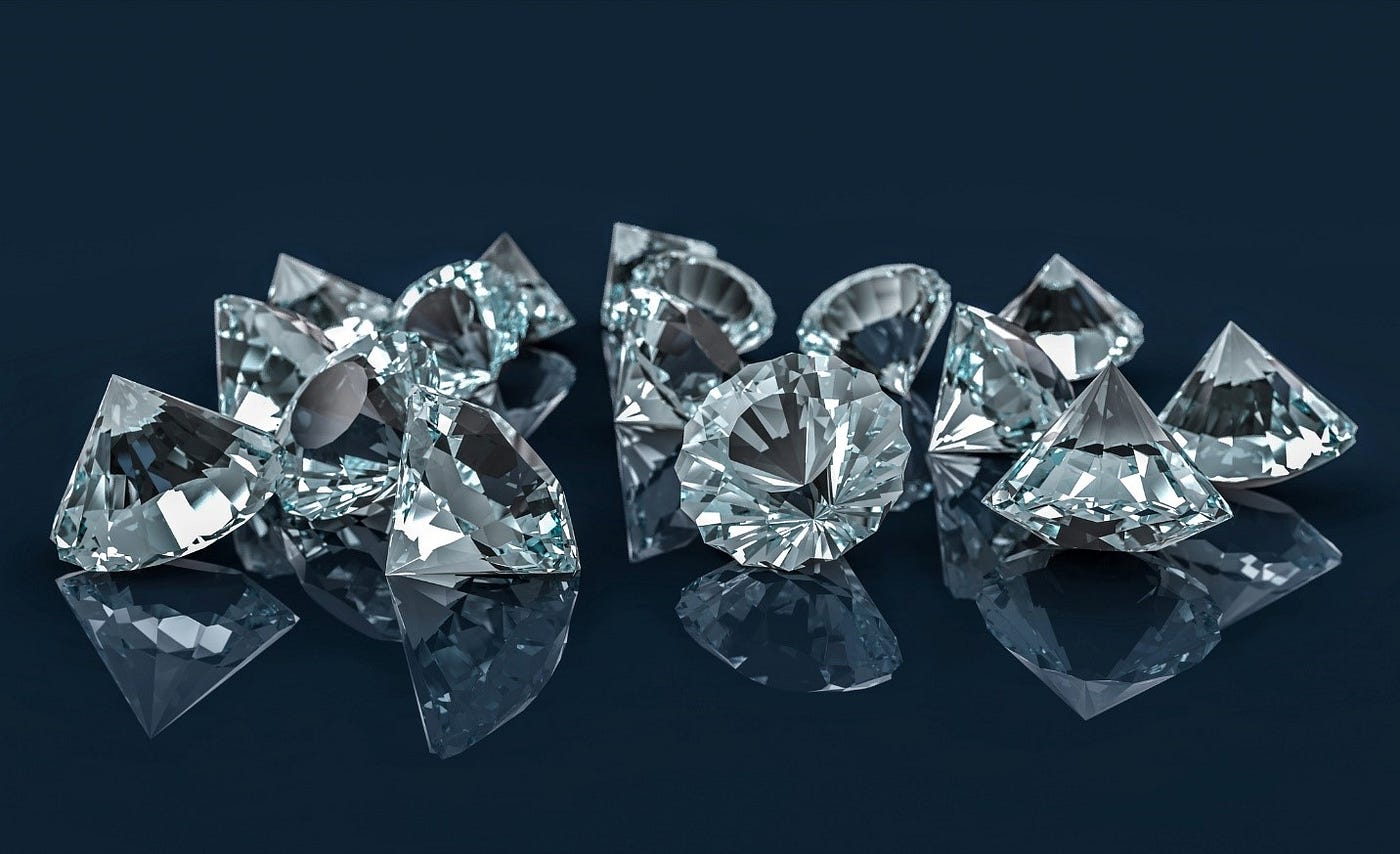
The Birth of Lab-Grown Diamonds: Innovation Meets Tradition
The journey of insider story of lab grown diamonds better began with scientific advances aimed at replicating the natural diamond formation process. The two primary techniques for creating lab-grown diamonds are High Tension High Temperature (HPHT) and Chemical Vapor Deposition (CVD). The HPHT technique mimics the intense tension and temperature conditions tracked down profound within the Earth’s mantle, while CVD utilizes a gas mixture to deposit carbon atoms onto a substrate, allowing diamonds to develop layer by layer. These technologies have developed significantly since their inception, making lab-grown diamonds more accessible and affordable.
From Scientific Curiosity to Market Presence
Initially, lab-grown diamonds were primarily the domain of researchers and scientists, interested in their potential for industrial applications. However, as innovation advanced, these diamonds began to capture the attention of gem specialists and shoppers alike. The turning point came in the early 2000s when advancements in diamond-growing innovation made it possible to deliver diamonds that were nearly indistinguishable from their natural counterparts. This shift from industrial to shopper applications marked a significant milestone in the lab-grown diamond industry.
The Ethical and Environmental Impact
One of the critical drivers behind the rise of lab-grown diamonds is their ethical and environmental appeal. Unlike mined diamonds, which are often associated with environmental degradation and ethical worries, lab-grown diamonds offer a more sustainable alternative. The controlled environment in which these diamonds are created eliminates many of the issues related to mining, like habitat destruction and labor exploitation. For shoppers seeking to make more ethical purchasing decisions, lab-grown diamonds address a compelling choice.
Quality and Certification: The Lab-Grown Diamond Standards
The quality of lab-grown diamonds has been a crucial factor in their acceptance. To guarantee that lab-grown diamonds satisfy the high guidelines of the industry, they go through rigorous certification processes similar to those utilized for natural diamonds. Leading gemological laboratories like the Gemological Institute of America (GIA) and the International Gemological Institute (IGI) offer grading services for lab-grown diamonds, assessing them based on the 4Cs: Cut, Color, Clarity, and Carat Weight. This certification provides purchasers with confidence in the quality and authenticity of their lab-grown diamonds.
Market Development and Customer Acceptance
As of late, the market for man made diamonds has seen remarkable development. As more customers become aware of the benefits and values associated with these diamonds, their popularity continues to rise. Major gem dealers and extravagance brands have started incorporating lab-grown diamonds into their collections, further boosting their visibility and acceptance. The increasing presence of lab-grown diamonds in high-end gems and engagement rings mirrors a broader pattern towards innovation and sustainability in the pearl industry.
The Expense Advantage: Lab-Grown Diamonds vs. Mined Diamonds
Cost is another significant factor driving the popularity of lab-grown diamonds. Generally, lab-grown diamonds are more affordable than their mined counterparts because of lower production costs. The scaled down price point makes high-quality diamonds more accessible to a broader audience. While lab-grown diamonds offer similar visual and physical properties to natural diamonds, their more favorable price can make them an attractive option for customers looking for value without compromising on quality.
The Future of Lab-Grown Diamonds: Innovation and Patterns
Looking ahead, the future of lab-grown diamonds appears bright, with ongoing innovations poised to further enhance their appeal. Advances in growing innovation, increased production capacities, and new applications in gems and other industries are supposed to drive continued development. Additionally, as purchaser awareness and acceptance of lab-grown diamonds expand, they are likely to turn into a more prominent fixture in the gems market. The industry’s emphasis on sustainability and ethical practices will likely continue to play a significant job in shaping the future of these diamonds.
Conclusion: Embracing the Lab-Grown Diamond Revolution
The insider story of lab-grown diamonds is one of technological advancement, ethical considerations, and shifting shopper inclinations. From their scientific beginnings to their growing prominence in the adornments market, lab-grown diamonds are redefining the way we view and value these precious stones. Their unique combination of quality, affordability, and sustainability makes them a compelling choice for present day shoppers. As the industry continues to develop, lab-grown diamonds are set to play an increasingly important job in the world of pearls and adornments.

